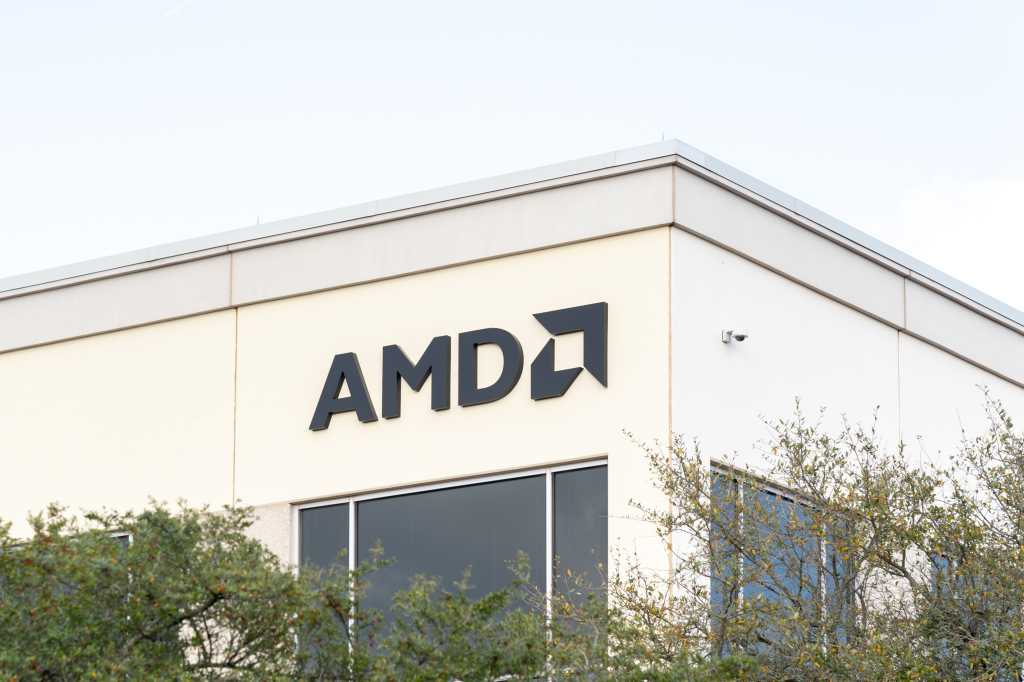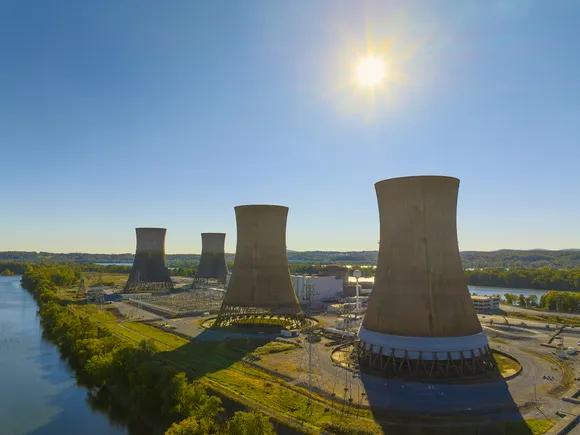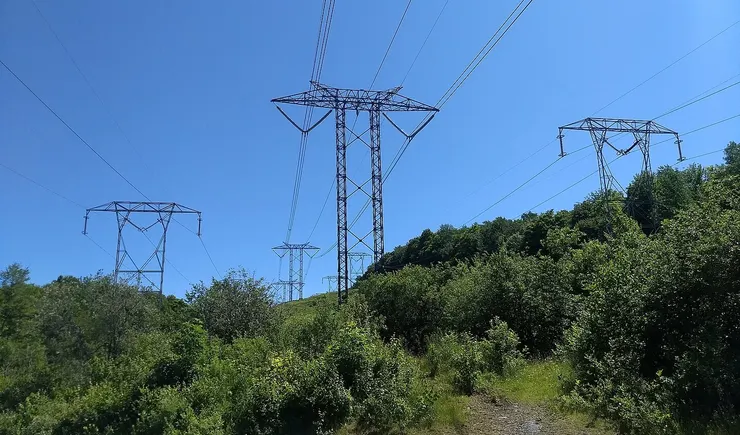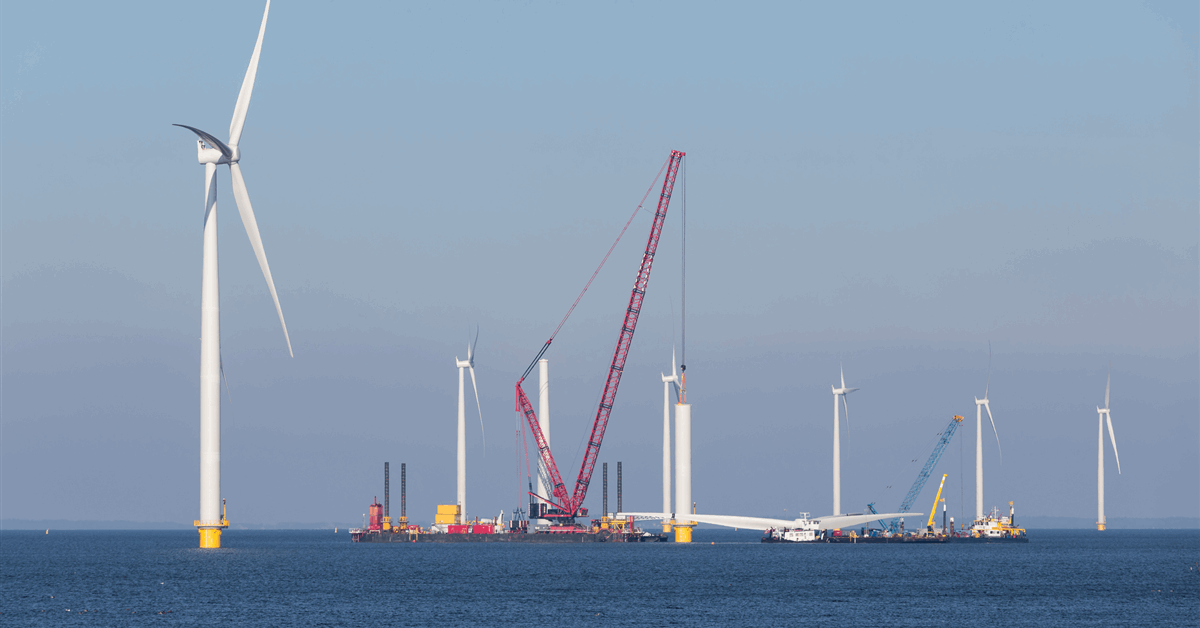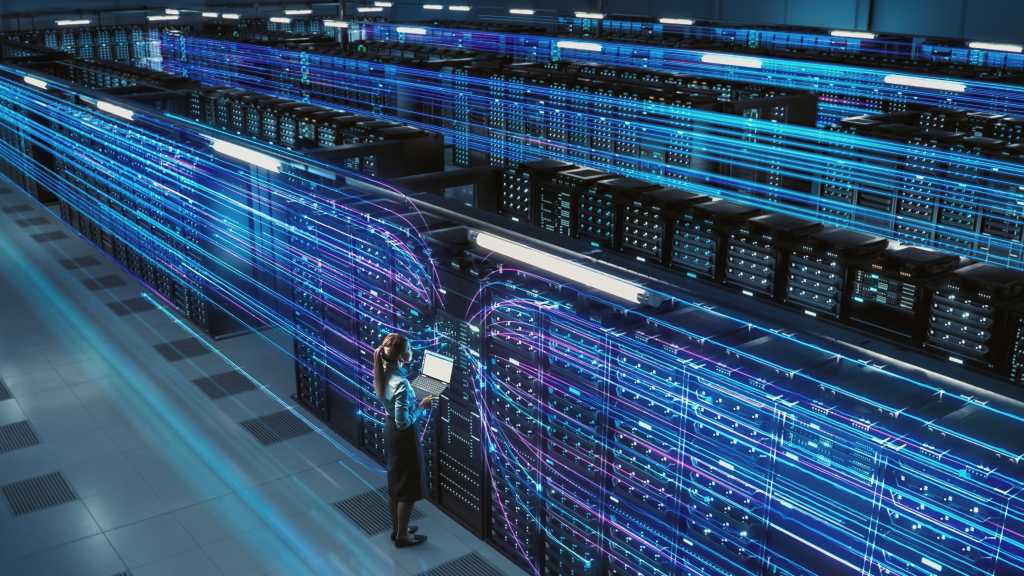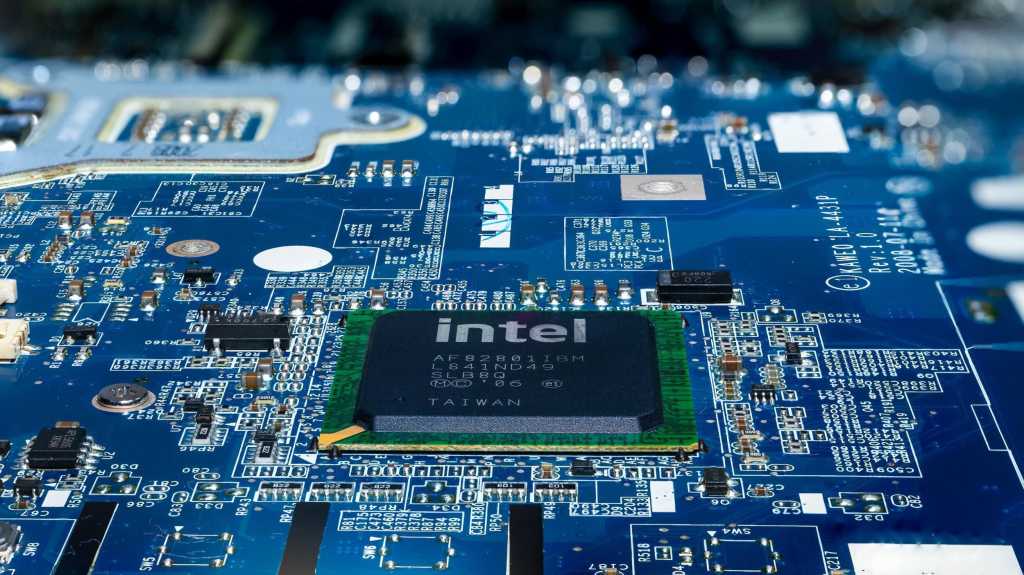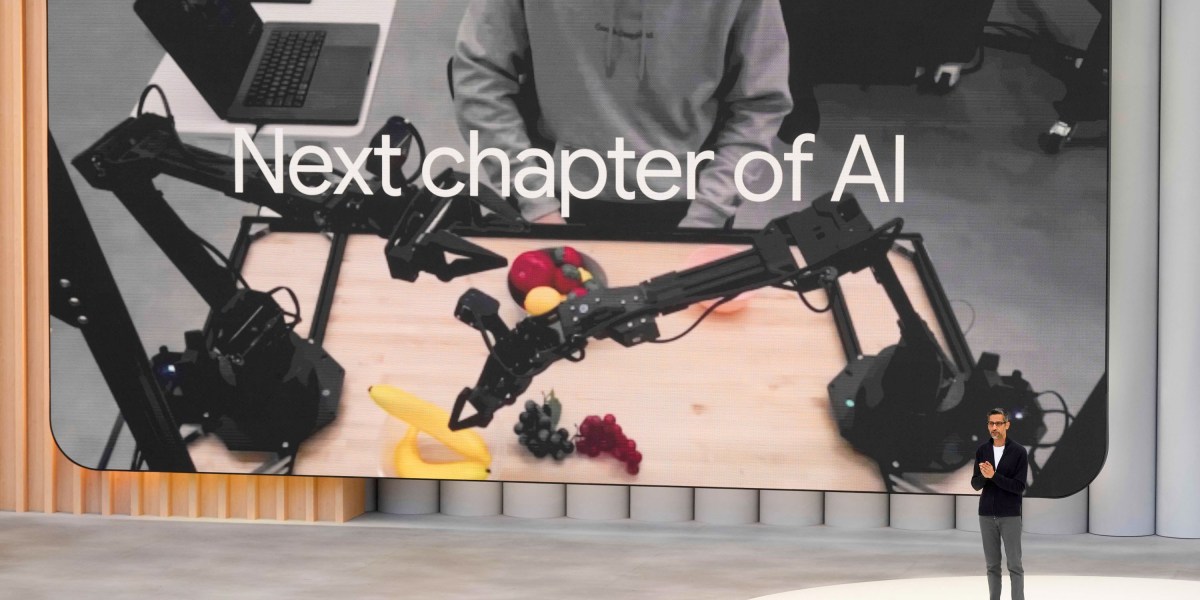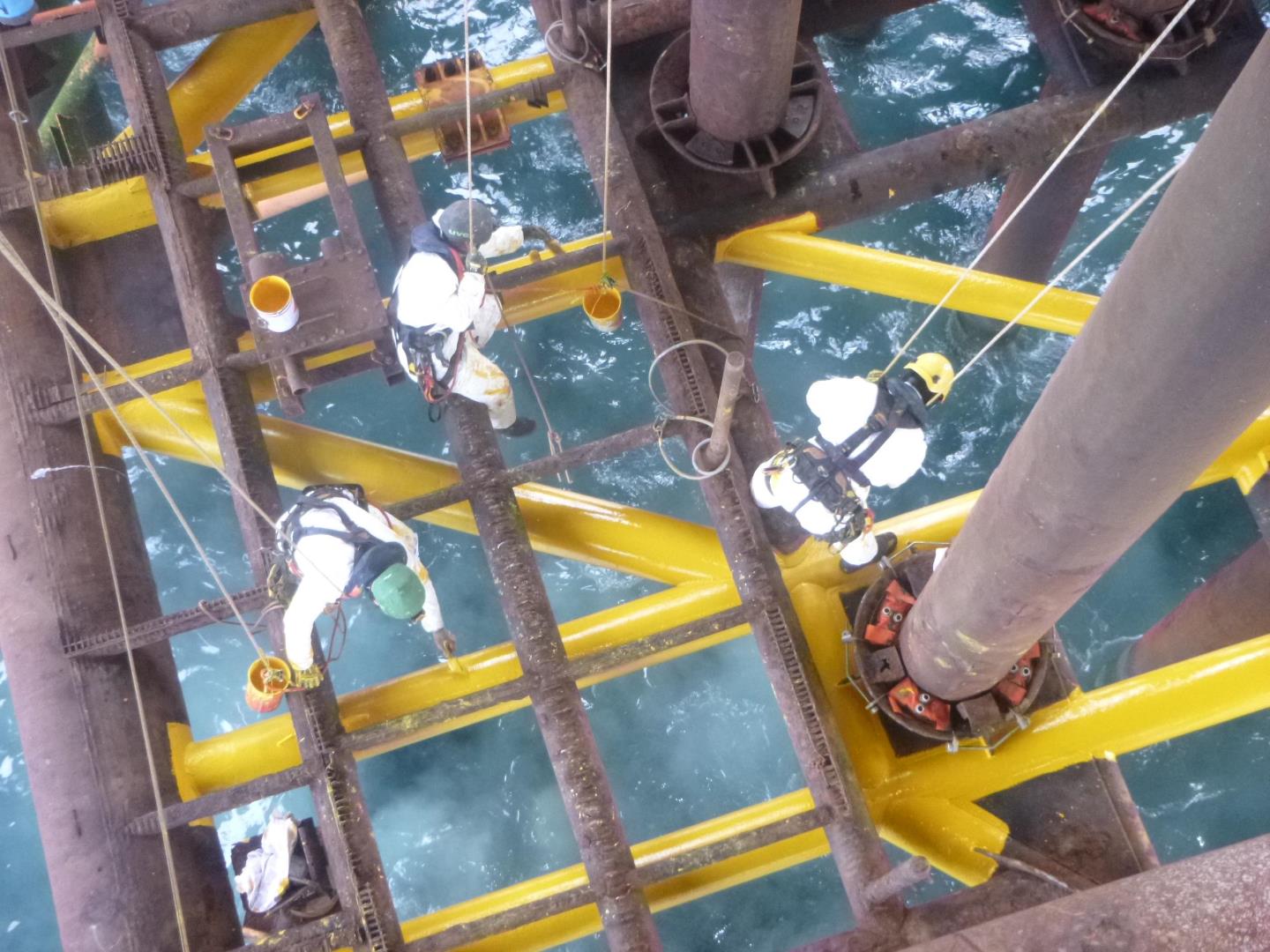
Over 2,500 energy workers, business leaders, supply chain employees and community representatives have called for an immediate end to the punitive North Sea windfall tax to save jobs.
The signatories backed an open letter to Prime Minister Sir Keir Starmer which cited the “devastating blow” of Harbour Energy’s announcement that it intends to cut its workforce by 25% in response to the damage of the government’s Energy Profits Levy (EPL).
The letter points to a further 300 job losses in the supply chain over recent weeks, contributing towards 10,000 job losses overall since the EPL was introduced in 2022. It warns that Aberdeen’s energy skills base is at risk of being lost forever, putting the energy transition at risk.
The lion’s share of those signing are ordinary members of the supply chain workforce, concerned for their future, as well as individuals from other industries across the north of Scotland whose fortunes depend on the future success of a vibrant energy sector.
Over 70 signatories to the letter are concerned employees of Harbour Energy, alongside a number of unemployed North Sea workers whose jobs have already been cut because of a 78% tax rate on energy profits.
Over 300 business leaders have signed the letter on behalf of their respective organisations, including City heavyweight Martin Gilbert and energy industry veteran Sir Ian Wood.
More widely, the letter has received support from Aberdeen Cyrenians and Cash for Kids charities – organisations supporting vulnerable people and tackling child poverty in the north east of Scotland – besides a range of businesses from the retail, construction, agricultural, food and drink, manufacturing and professional services sectors.
The letter was promoted by Aberdeen and Grampian Chamber of Commerce (AGCC).



